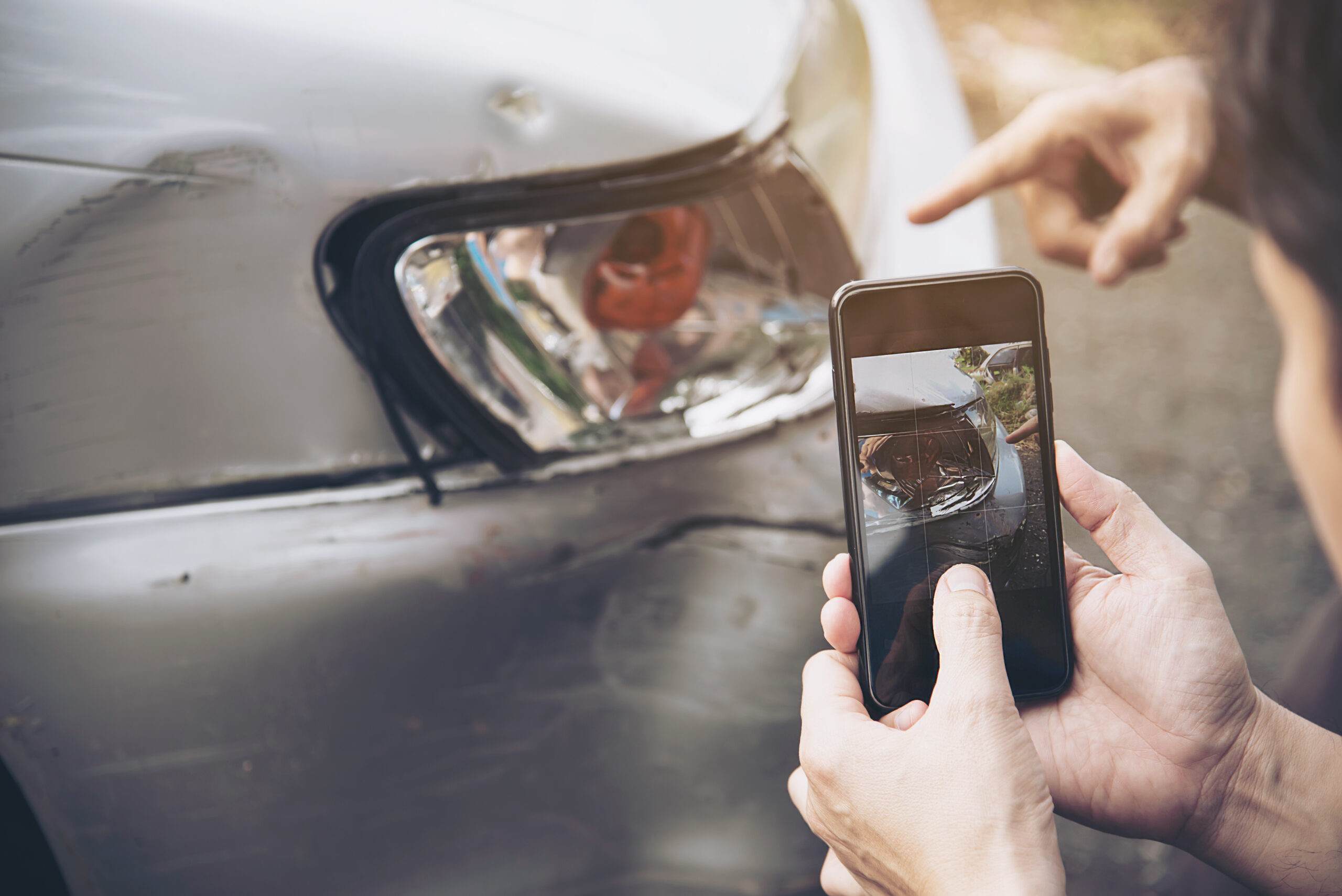
What to Do if You Witness a Car Wreck?
Witnessing a Car Wreck
Many of us will have the misfortune of witnessing a car wreck. While the initial reaction may be to keep going, I am writing this to try and urge everyone to take the time to get involved. I understand we all have busy lives, and for many of us the natural tendency is to mind our own business. However, getting involved will help make our community safer. Rendering aid may help save lives.
Even if your involvement is simply providing a witness statement, it will help hold the person responsible who caused the crash. How better to keep our community safe than to assist in holding someone responsible who violates our safety rules? If a rule breaker is not held responsible, can we really expect their behavior to change? If we do not get involved, it may be you, a neighbor, or a friend who is the victim of such irresponsible behavior the next time it occurs.
In addition to helping make our community safer, getting involved is also biblical. You don’t have to take my word for it. The Apostle Paul, in his letter to the Philippians, said that we must not be concerned with our own interests, but also the interests of others. (Philippians 2:4 – ESV). This is but one of many bible verses which address the need to help others.
Bridgeport Injury Attorney Injured in Accident
If I haven’t yet convinced you of the need to get involved, perhaps my personal story can illustrate the importance. Many years ago I was struck by someone who ran a red light. While I clearly had the green light, the other driver immediately got out of her car and asked me why I ran a red light. I explained I did not, that it was she who had the red light. Thank goodness there were bystanders and other motorists that stopped, checked to see if anyone was injured, and stuck around long enough to complete witness statements. As a result of the statements the other driver was given a citation.
Imagine my surprise when I received a subpoena to show up in traffic court as the other driver was fighting her ticket. She was counting on the fact that the officer, who didn’t see the crash, could not state who ran the red light. If none of the other witnesses showed for the trial, it would be her word versus mine and she had a good chance of not being convicted. Once she saw that all of the witnesses appeared for the trial, she changed her plea to guilty and there was no trial. However, had these people not taken the time to help she may have gotten away with running the red light and destroying my car. If that would have happened, is there any of us that think she would have changed the way she drove and became a more safe driver? Of course not. People’s behavior does not change unless it costs too much to remain the way they are. As the old saying goes, “a bad deed unpunished will be repeated.”
What to Do if You Witness a Crash?
So, what to do if you witness a crash? First and foremost, remain cool, calm, and collected. Every crash is different and the severity of each is not always the same. However, there are some general guidelines to keep in mind that will better prepare you to help other drivers in their time of misfortune.
Before doing anything, make sure you are safe before you start to help. If you witness the crash from your vehicle, make sure you find a safe spot to pull over. Make sure it is far enough off the roadway so that you can get out of your vehicle without risking harm to yourself. Be sure it is a safe distance (at least 100 feet) from the crash so you do not get in the way of emergency responders. You also want to make sure you avoid any debris, leaking fluids, or even a fire. Once you are pulled over, make sure to place your hazard lights on.
Call 911 before exiting your vehicle. Don’t assume anyone else has called. Even if the crash does not appear to be severe, you cannot tell the extent of any injuries or damages from simply trying to quickly assess the property damage to the vehicles. Additionally, calling the authorities helps ensure that the at-fault driver does not try and leave the scene or that he/she does not give bogus insurance information. Provide as many pertinent details to the 911 operator as you can – the location, number of people or vehicles involved, whether the crash is blocking traffic, etc.
Once you’ve called 911 and ensured it is safe to approach the scene, make sure to check on the condition of the people involved. If they need help and you are able, please render such assistance. Unless there is a risk of fire and explosion, do not move anyone who appears injured. Let the professionals who are on the way do that. Even though your intentions are good, you wouldn’t want to accidentally make someone’s injuries worse. Even if all you can provide is reassurance, you will never realize how helpful that is until you are the person who is hurt and waiting on emergency crews to respond.
You will also want to make sure the vehicles are stable if you can. What I mean by this is to turn off the ignition if still running. Make sure the vehicles are in “Park” so they do not move. If you have traffic flares or emergency indicators in your vehicle (or in theirs), please utilize them to help other motorists know there is a crash and to make the scene safer.
Once the emergency crews arrive, let them do their job. If they need your assistance they will ask for it. Let the police know that you are a witness. They will likely ask you to provide a written statement. If so, please provide as many details as possible. Your memory will never be as good as it is immediately after the crash occurred. Don’t let the passage of time allow for important facts to go unknown. Also, don’t assume others will have provided information. Be honest and factual and you cannot go wrong. If the officer does not ask for a written statement, please make sure you have provided your name and contact information. It is also a good idea to provide same to the motorists involved. In this manner they can provide same to their insurance companies who will want to know who is at fault. Should the matter require an attorney’s involvement, the attorney may also want to contact you to discuss what you saw.
Clarksburg Attorney Provides Suggestions After an Accident
Hopefully the above suggestions let you know how important it is to get involved but also what to do when you get involved to make sure you and the motorists involved are safe. Above all remember to stay calm, stay safe, stay out of the way once emergency responders arrive (unless they ask otherwise), and stay on the scene to report what you witnesses. Your initial actions to safely assist crash victims until emergency crews arrive can make a huge difference in the ultimate outcome of any injuries. Your actions in reporting what you observed will greatly help in holding the appropriate person responsible for any safety rule violations which are in place to keep us all safe.

